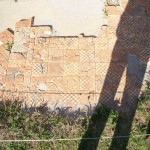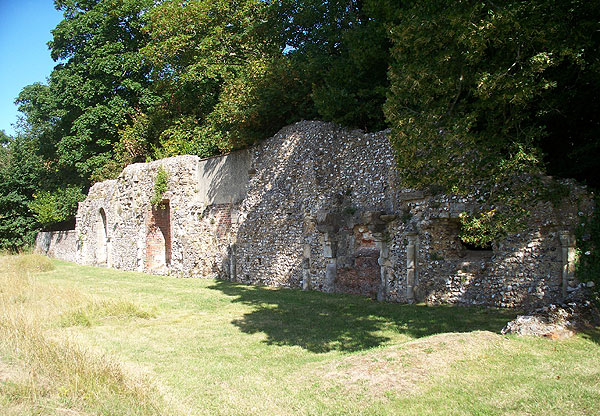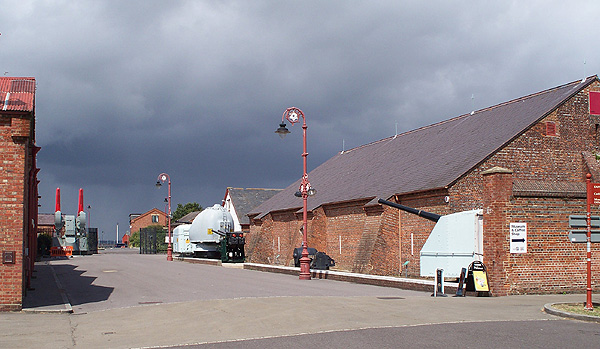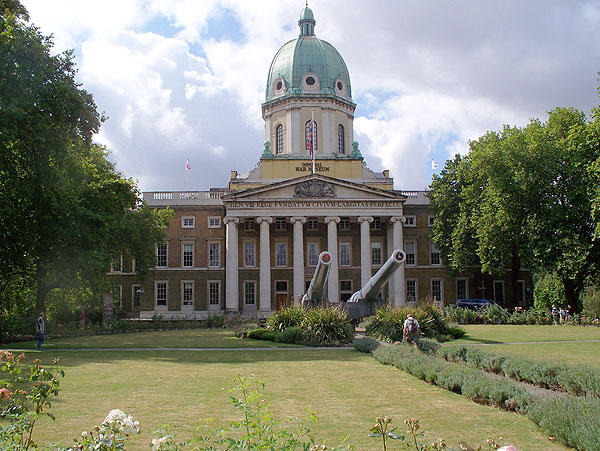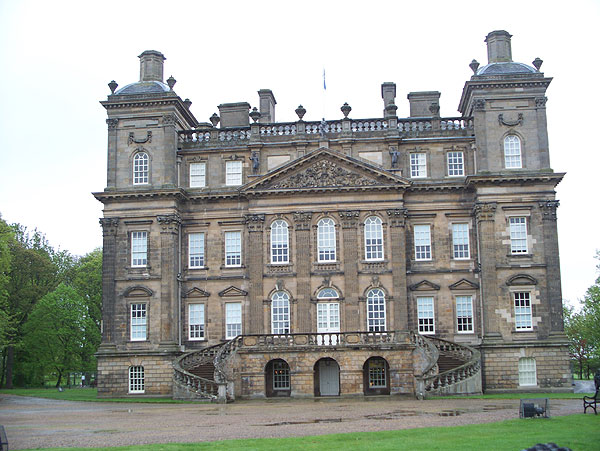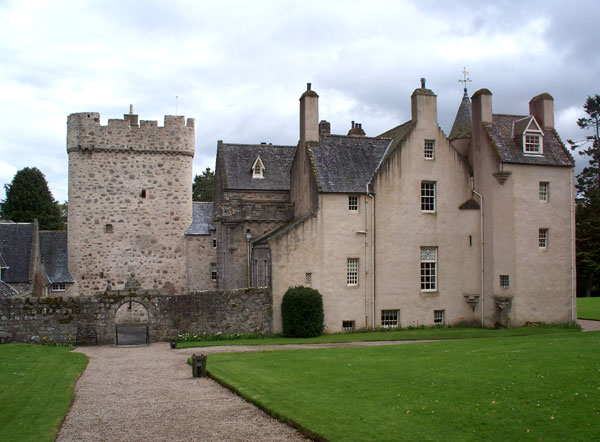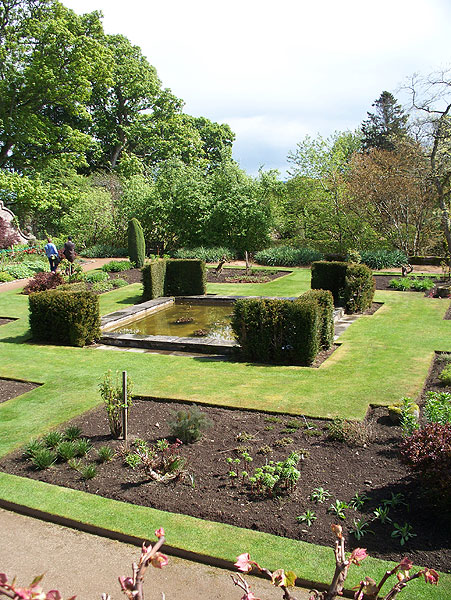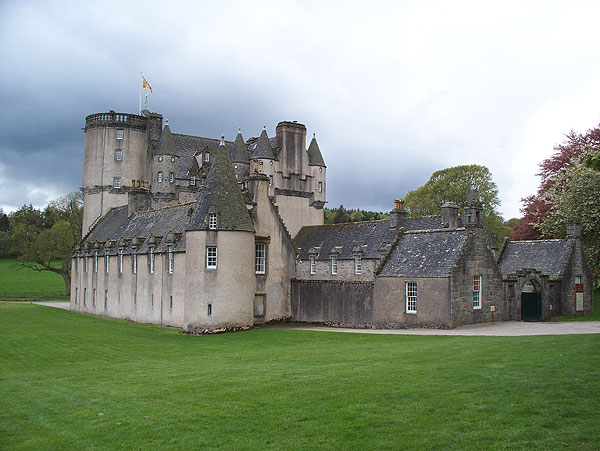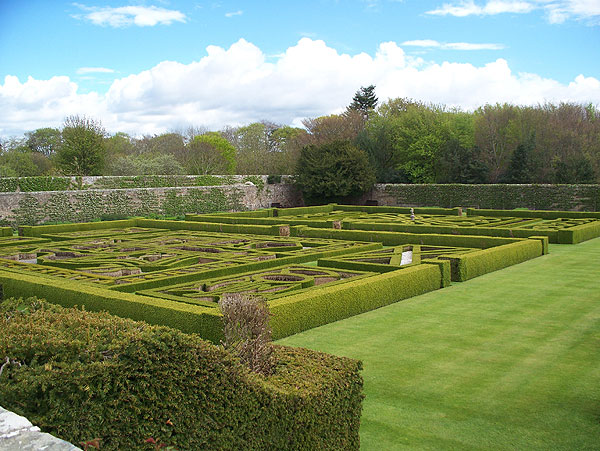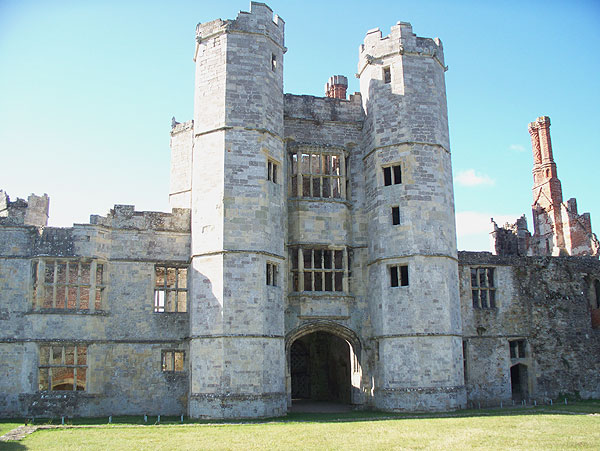
English Heritage
The ruins of a 13th century Premonstratensian abbey were converted into a Tudor mansion, known as Place House, with a grand turreted gatehouse constructed across the nave. The house was dismantled after 1781.
The remaining structure, with towers, is quite impressive and well worth a visit. Still in position are fragments of tiled floors.
A free downloadable audio tour is available from the EH website.
Directions: Sat-nav delivers you outside the property, but the entrance, opposite a pub and to the right of a garden centre, is quite difficult to spot. If you drive through the narrow gated entrance, you should be able to park onsite. Admission is free.
